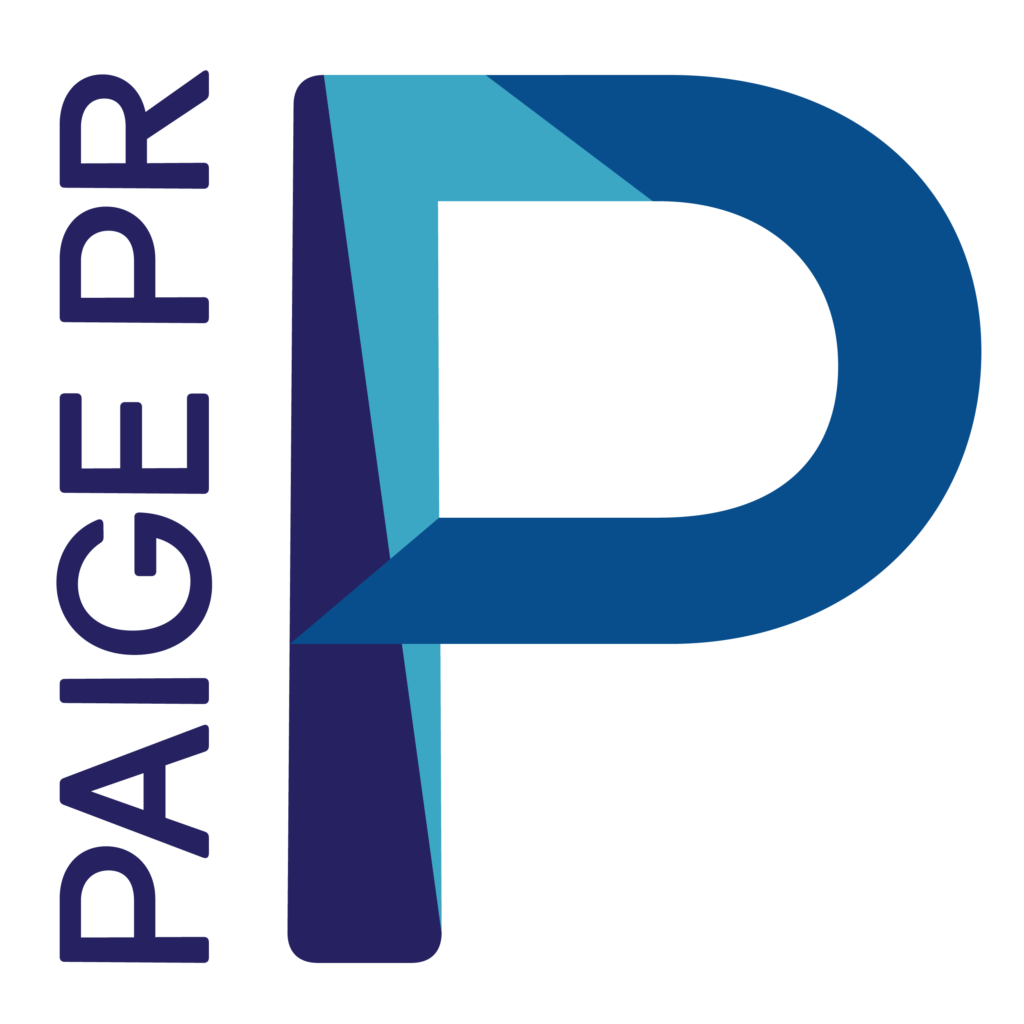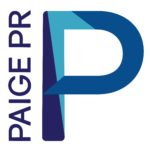LET'S GET CONNECTED!
Never miss a blog post from Paige PR! Our digital newsletter is packed full of actionable insights designed to inspire clear communication and real results to grow your business. Enter your info to subscribe!
Subscribe
Is your company prepared to talk about hate speech?
Hate speech is one of those things that you recognize when you hear it, but defining it presents a challenge.
Google offers this definition: “abusive or threatening speech or writing that expresses prejudice against a particular group, especially on the basis of race, religion, or sexual orientation.” Hopefully, despite their varied races, religions and sexual orientations, your employees share the opinion that “hate speech” should not be tolerated within the workplace. But what about outside the workplace?
While the line between employees’ private and professional lives is growing ever thinner—technology keeps them connected 24/7 and social media empowers them to be robust brand ambassadors—your employees are still individuals. Companies cannot program their personal behavior or regulate their speech, nor should employers try to constantly police it.
However, in the midst of the Black Lives Matters movement and the heightened discourse around historic and systemic racism, employees’ personal online profiles are becoming an increasing concern for companies, as some social media groups are actively searching for and “calling out” individuals who have posted or responded to offensive hate speech. What was initially an employee’s personal post can quickly escalate into a corporate communication crisis when social activists tag a company’s Facebook or LinkedIn pages.
With this renewed focus on racial matters, now is a good time to revisit your company’s values, policies and diversity initiatives. Do your values expressly convey inclusion? Does your social media policy address hate speech? What are you doing to promote a culture of acceptance and tolerance?


